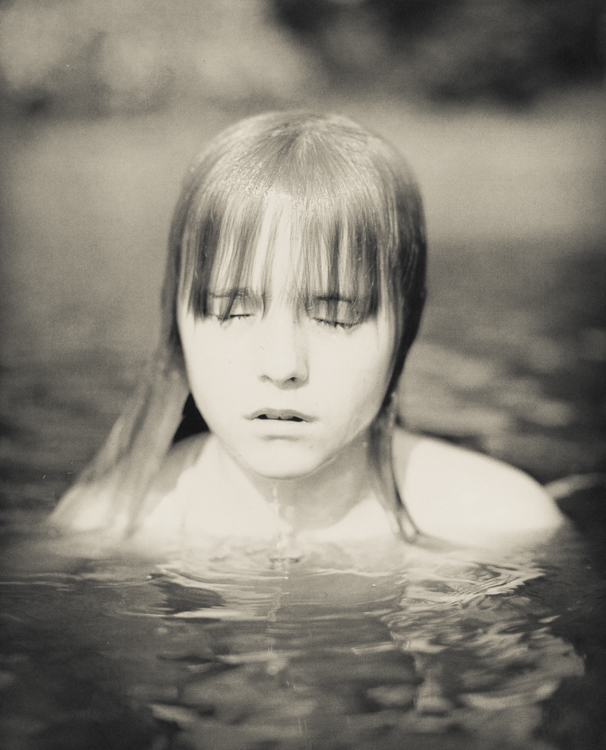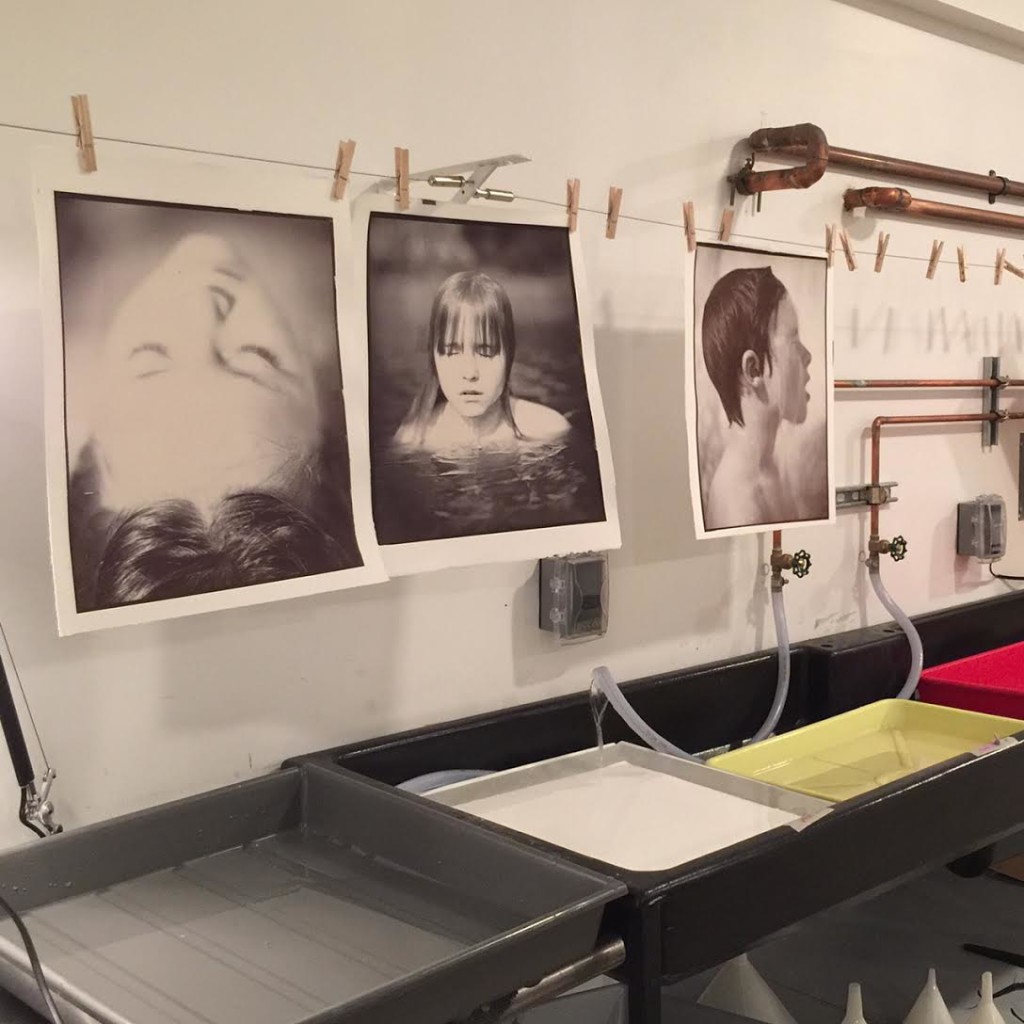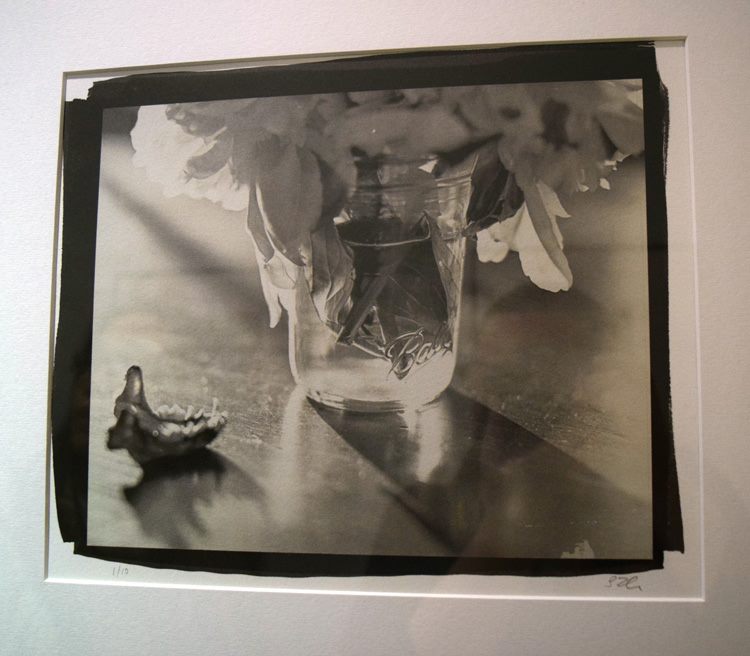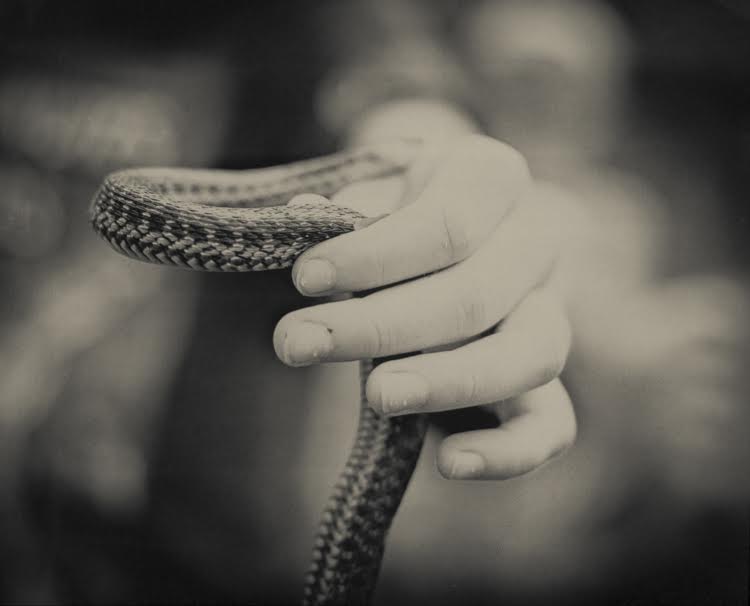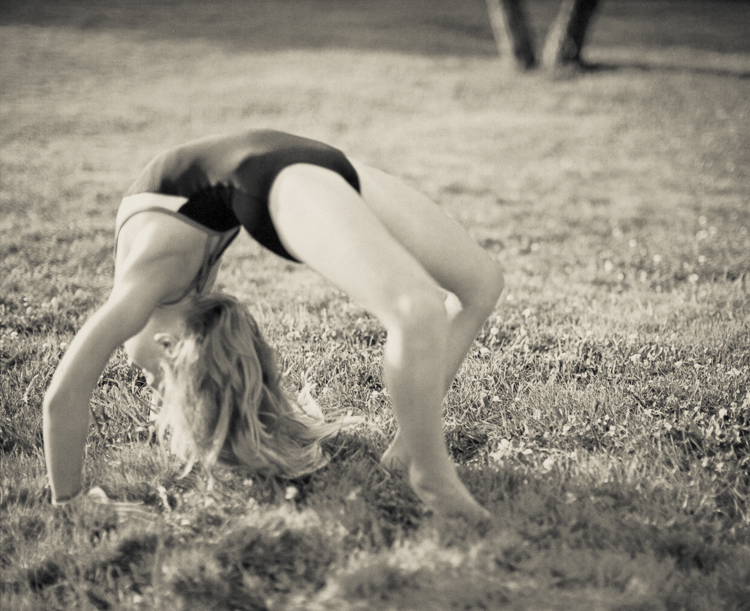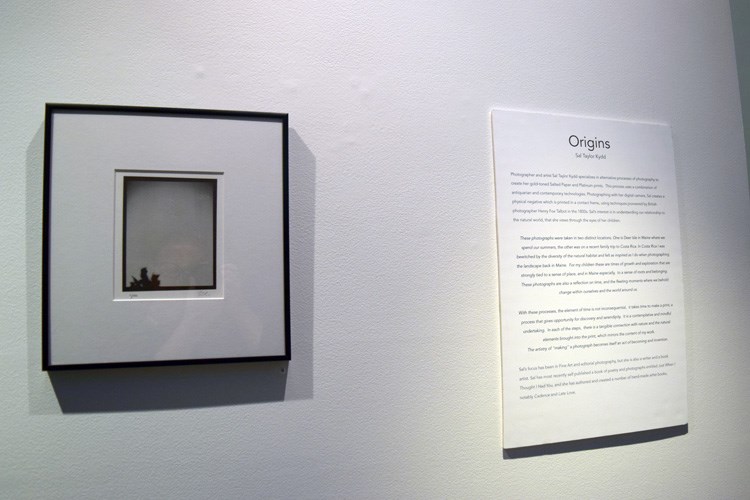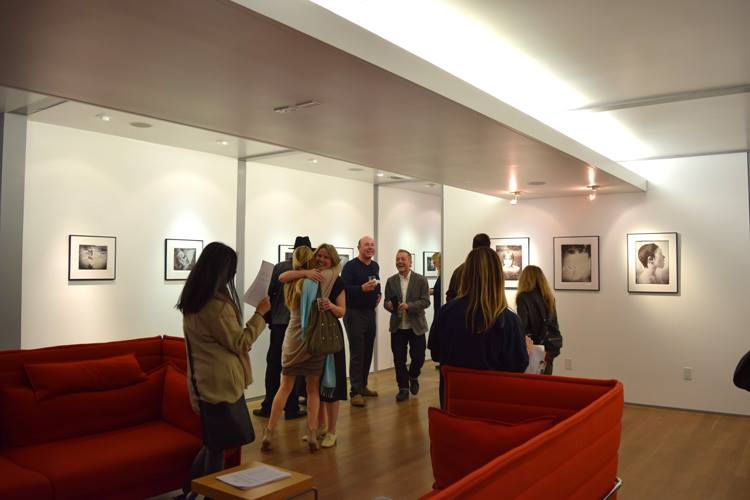Nikolas Soren Goodich’s We Need Mirrors To See Ourselves is an excellent way to close the old year or start the new. On view through January 11th at Santa Monica’s Gallery 169, the exhibition of 18 different works is a luminous and transformative one, weaving a vivid palette with literally light-fused glass and plexiglass on canvas and panel.
Some works are designed for indoor/outdoor exhibition, others are wall art, but both are filled with a figurative and actual glow that fuses dream and reality. There are the large scale works of “Luminous Mysteries/Human Symmetries Ground One and Ground Two” are two-sided works that use kiln-fired glass paint on tempered glass and acrylic on plexiglass encased in a weatherproof aluminum frame. These works feature embedded LED lights and transformer, and are as vivid as neon works, using ambers and gold that exemplify sunlight and shadow.
Acrylic paint on plexiglass and canvas, there are dyptichs such as “To Bathe in the Luminous Orange Love Glow of the Sun King/Sun Queen,” deep gold works that are like rays of light given human form.
Other works are entirely figurative, such as the twinned red faces in “Untitled New Psychedelic Diptych” and “Humananimal 1.” These works speak to the human condition, as does “Doppelganger,” an acrylic on plexiglass work with LED lights embedded in the frame.
The works are twinned images that combine Goodich’s painting and printmaking. Working with plexi and kiln-fired glass, the artist has developed a unique process that he describes as “meticulously crafted to honor the materials, distinct surface densities, interaction with light, and their inherent reflectivity and transparency.”
The result is fiercely beautiful, dynamic works which utilize bold and translucent colors. His process involves carefully “pouring or brushing these mixtures onto the surface of glass panels laid flat on a table, transitioning to hand mono-printing from one panel to another.”
His works have a fluently intricate quality, with images that appear patterned and lacy, almost as if the images of faces that make up the core of his work were woven or pressed like preserved flowers or insect wings. Goodich says that his technique “allows me to craft the intricate symmetries and asymmetries that form the backbone of the organic and geometric structures in my multilayered artworks.”
The panels dry flat, preserving the “delicate mono-printed marks along with their subtle shifts in color and translucency.” The artist’s process allows the formation of varied markings, a tapestry with fibers that are entirely painted, which serve, he says, as “both ambiguous and direct metaphors for a multitude of concepts spanning physics, biology, chemistry, geography, consciousness,
and philosophy. They reflect a profound exploration of our physical world, from the subatomic level to the cosmic expanse.”
Goodich’s work both engage and soothes, creating a sense of spirituality and succor contained within its vivid light. This sensation is by design as “…the heart of my art is the theme of healing,” he explains. The self-mirroring in the exhibition reflects both the resilience and the fragility of the human spirit, and the power of how people “perceive themselves and the potential for growth, change, realization, and learning” that comes from true self-reflection.
His personal journey is deeply embedded in these works, a harrowing path with a powerfully beautiful shift from homelessness and a 13-year methamphetamine addiction that nearly took the artist’s life, to 9-and-a-half years clean and sober. “My recovery and transformation resonate with the profound metaphor of a caterpillar turning into a butterfly,” he says.
There are images in this body of work – most pieces created just this year, that resemble butterfly wings, or the emergence of form from a chrysalis. These include the closely conjoined profiles of “Wings of Desire II” and the geometric rainbow pattern in the center of “My Black Grandfather William and My White Grandfather William in a Cosmic Rainbow Mind’s Eye Vision Out of Time and Place and Space.”
The emergence of Goodich’s healing art was not only a personal catharsis for him, but serves in that way for the viewer as well, as the works shimmer with a kind of magical glow, one which intensifies in a dark setting, as well as interacting and responding to “their surroundings, [which change] with the light of day or night and the viewer’s perspective. The glass surfaces not only reflect their environment but also absorb ambient light, adding layers to their visual narrative.”
This shifting is exhilarating to behold in a variety of light, as the works interact with the space that contains them as well as with reflective daylight, shadow, sunrise, sunset, and evening. The layering of glass “[acts] sculpturally in 3D and even 4D as they interact with time, space, light, and mood,” Goodich says.
The work on view is an evolution over a 25-year period devoted to creating layered paintings with a base of canvas topped with glass, clear plastics, or plexiglass. His two-sided works, enhanced by back or edge-lighting, use this light itself to create another transformative layer. “By working with glass, which naturally transmits light, I’ve crafted layered pieces that emanate an inner glow,” he says. That glow gives these works not just light, but a sense of life – each work provides a delightfully motion-filled aliveness.
On display are works from two main series, Goodich’s Inverted Double Portraits, which use plexiglass diptychs mounted on canvas or wood panels to present a twinned duality and sense of emergence, and Luminous Symmetries, his impressive two-sided glass works framed and illuminated with embedded LED lights. The latter works are their own glowing slices of human and planetary life, cosmically creative.
According to Goodich, “I perceive art as a reflective mirror, echoing both our internal and external existences. In this spirit, I incorporate mirroring and the motif of the profile portrait as symbolic devices. These elements, though seemingly representing living entities, are in fact almost entirely abstract in their portrayal.”
Along with this gallery exhibition, Goodich has many plans to extend his artistic glow. 2024 will see museum exhibitions of his work, including work to be featured at the Museum of Art and History in Lancaster. Goodich is also developing well-received plans for an exciting public art project with sites planned in both Richmond, Va., and here in Los Angeles. The Luminous Community Center is visualized as a socially engaged public art project that is designed “to create monumental-scale installations that foster community engagement and social healing.” To learn more about his lustrous vision, see luminouscommunitycenter.net.
But to explore Goodich’s art live – with daylight or moonlight as a backdrop through the many glass walls of Gallery 169, do visit the exhibition for an infusion of healing light, through January 11th. There will be an artist’s talk with art critic and curator Shana Nys Dambrot held on January 11th.
- Genie Davis; photos both by Genie Davis and as provided by the artist





























